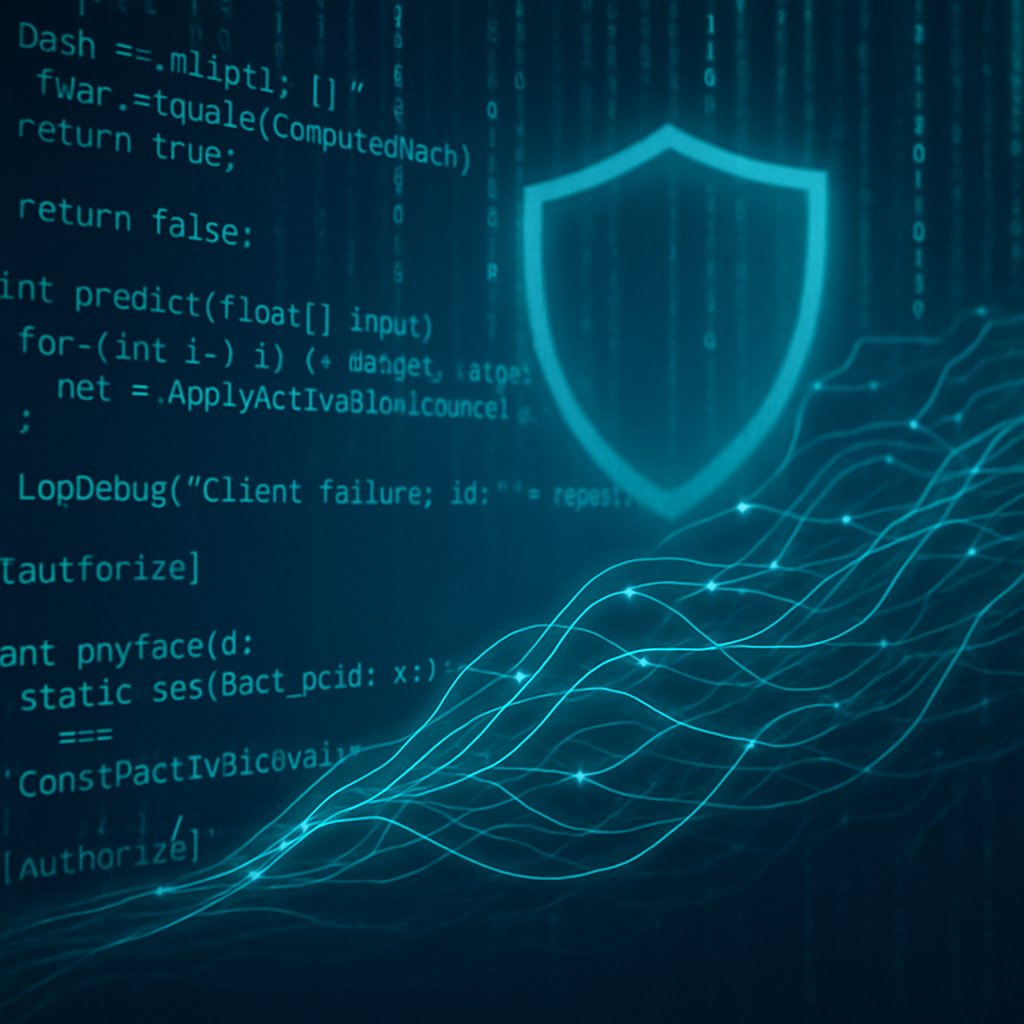Navigating the AI Frontier: Can ChatGPT Secure Our Software?
In today's digital landscape, with cyber threats lurking at every corner, the need for secure programming practices has never been more vital. As software vulnerabilities mount, developers are on a never-ending quest to safeguard applications and user data. Enter Large Language Models (LLMs) like ChatGPT - could these sophisticated AI tools revolutionize our approach to security advisories? A recent study dives deep into this question, and the results might surprise you!
Why Dive into Security Advisories?
Software vulnerabilities are like open invitation cards for hackers, allowing them to exploit weaknesses and target unsuspecting users. To mitigate these risks, the Common Vulnerabilities and Exposures (CVE) system provides a structured database that categorizes and labels these vulnerabilities through unique identifiers (CVE-IDs) and matching advisories.
With generative AI taking the tech world by storm, developers are increasingly turning to LLMs to assist with tasks in various fields, including software security. These AI models can generate realistic text and even analyze vulnerabilities, but concerns linger about their reliability and accuracy. Hollywood has taught us to be skeptical of AI, but what does the research say?
The Study at Hand
The study we’re exploring evaluates ChatGPT's performance in producing security advisories based on known vulnerabilities. The researchers asked three pivotal questions:
- How trustworthy are the advisories ChatGPT generates for real CVE-IDs?
- Can it differentiate real CVE-IDs from fake ones?
- Is it capable of consistently producing CVE-IDs from advisory descriptions?
By examining 100 real and 100 fake CVE-IDs, the study aimed to assess the AI's effectiveness and its limitations in cybersecurity applications.
Cracking Open the Results
Here’s an overview of what they found:
ChatGPT Can Produce Plausible Advisories
Shockingly, ChatGPT generated plausible advisories 96% of the time for real CVE-IDs and 97% for fake ones! Sounds impressive, right? However, this shows a crucial limitation: the model couldn't differentiate between real and fake CVE-IDs. A plausible output doesn’t mean accurate or trustworthy, and that’s a significant red flag in cybersecurity!
Consistency Matters: The Advisory Descriptions
But what about the quality of those advisories? When the advisories generated by ChatGPT were compared to original ones, 95% were labeled as "totally different." This discrepancy underscores a serious concern: while the AI can mimic human-like outputs, its responses frequently veer off course from verified data. In cybersecurity, this inconsistency can lead to serious implications; imagine acting on an erroneous advisory because an AI blessed it with its stamp of approval.
Stumbling on Fake CVE-IDs
One would assume that an AI trained on vast amounts of data could spot a fake when it sees one. Unfortunately, ChatGPT failed to detect any of the fabricated CVE-IDs. This raises eyebrows—it means users relying on the model could inadvertently distribute fabricated vulnerabilities, amplifying confusion and misinformation in the security community.
Generating CVE-IDs: A Tough Nut to Crack
The researchers then challenged ChatGPT to produce CVE-IDs based on advisory descriptions, and the results were disheartening. The model generated fake IDs 6% of the time when it was given real advisories! Talk about a wild goose chase! This inconsistency flag is critical; if an AI can’t reliably trace back to valid identifiers, what good is it for precision tasks in cybersecurity?
The Risks of Relying on AI in Cybersecurity
These findings lead to a pivotal point in the conversation around AI in cybersecurity. While LLMs like ChatGPT have significant potential as tools for advisories, their limitations can’t be overlooked. The tendency to generate misinformation can trick even the most experienced developers.
Good security practices depend on reliable information. Relying on AI outputs without corroboration creates a false sense of security, which could lead to serious oversights in vulnerability management. Moreover, bad actors could exploit this technological gap, creating an environment where fake vulnerabilities proliferate unchecked.
The Road Ahead: Enhancing AI in Security
So, what does this mean for practitioners looking to integrate LLMs into security workflows? First off, us humans need to play an essential role in the loop! Validation is critical. Here’s how developers and security professionals can start improving their approach to AI-assisted advisories:
1. Don’t Trust and Verify:
Always cross-check AI-generated advisories against authoritative sources. LLMs should be seen as assistive tools and not the ultimate source of truth.
2. Prompt Design Matters:
The way you ask an LLM questions can vastly change its answers. Experiment with prompt structures to see which elicit the most accurate responses.
3. Stay Informed and Adaptive:
As AI technology rapidly evolves, staying up-to-date with the latest advancements and understanding their implications on cybersecurity can mitigate the risks associated with LLMs.
Key Takeaways
Plausibility vs. Accuracy: While ChatGPT offers plausible security advisories, it lacks the ability to differentiate between genuine and fake vulnerabilities.
Inconsistency is Common: A high percentage of generated advisories differ significantly from authentic ones, creating a serious risk for security professionals who might rely on these outputs unchecked.
AI Limitations: ChatGPT cannot effectively spot fake CVE-IDs, meaning inaccurate information might be perpetuated in the community.
Human Oversight is Critical: Developers need to maintain control over AI-generated content by validating and verifying advisories against trusted sources.
As we navigate the complexities of AI in security, let’s remember: while technology can offer substantial help in managing vulnerabilities, nothing beats the vigilant eye of an informed human. While LLMs are a boon to developers, intelligent supervision and valid verification remain crucial for a secure digital landscape. Happy coding—and stay secure!

